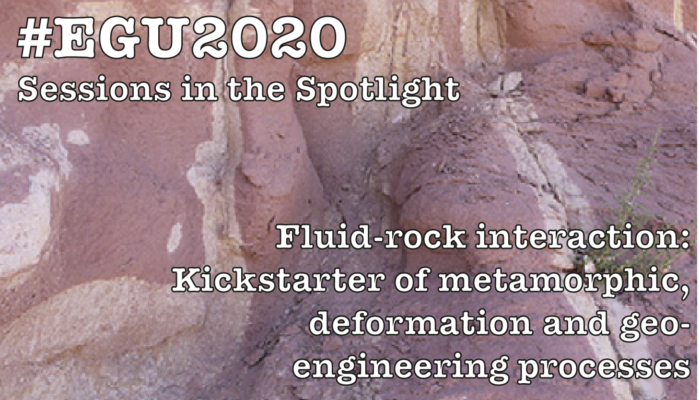We are now just two days from the EGU 2020 abstract deadline! If you are still searching for the ideal session – here’s one for you! GMPV 2.2 – Volcanic and Tectonic desgassing – aims to cover a wide range of topics relating to degassing from magmatic, tectonic and volcanic settings. If you haven’t started writing your abstract yet… good luck! The convenors say: ...[Read More]
#EGU2020 sessions in the spotlight: Magma differentiation: crystals, isotopes, and experiments
Today in the #EGU2020 sessions in the spotlight series (our last one before the holidays!), it’s GMPV8.4’s turn: Magma differentiation: crystals, isotopes, and experiments, organised by Frances Deegan (Uppsala University), Ben Ellis (ETH Zurich), Carmela Freda (INGV Rome) and Valentin Troll (Uppsala University). Keynote speaker: Marian Holness (Cambridge University). Crystals that grow in magmatic ...[Read More]
#EGU2020 Sessions in the Spotlight: Fluid-rock interaction: Kickstarter of metamorphic, deformation and geo-engineering processes
Do you like thinking about fluids? Do you also like thinking about rocks? How about fluids and rocks together? If you answered yes to all three of these questions, then here are two suggestions. The first is to ask for a set of these whiskey stones for Christmas (or, even better, just find some talc-schist and put it in the freezer, and marvel at the ability of a kitchenware company to charge so s ...[Read More]
#EGU2020 Sessions in the spotlight: Earthquake swarms and complex seismic sequences driven by transient forcing in tectonic and volcanic regions
The abstract submission deadline for EGU 2020 is now 1 month away – so the clock is ticking to pick a session and submit an abstract! If you still haven’t chosen which session to submit to, we are here for you! Every few days, on this blog, a different session in the general GMPV section will be highlighted. Today’s session is truly cross-disciplinary, focusing on earthquakes and ...[Read More]




